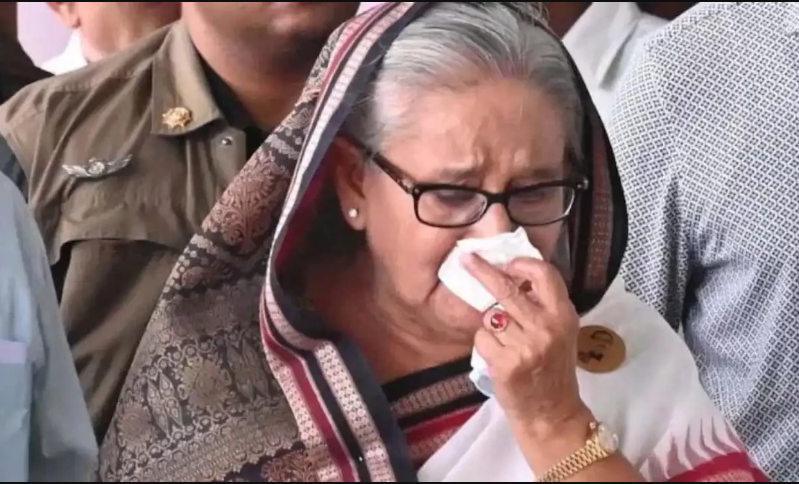
Sheikh Hasina, the former Prime Minister and dominant force in Bangladesh’s politics, has stepped down after a decade in power. Her tenure, marked by increasing concerns over autocratic governance, has come to an end, signaling a new chapter in the nation’s political landscape.
It was a massive wave of popular protest that finally ended the reign of Hasina Wajid. Her government had long been accused of corruption, human rights abuses, and repression. The situation reached at boiling point when millions of Bangladeshis took to the streets, demanding democratic reforms and an end to autocratic rule.
These protests were not just reactions to specific incidents but were part of a broader movement for civil rights and social reform. Public outrage reached new heights, making it abundantly clear that Hasina was losing her grip on power.
One of the numerous political parties responsible for the downfall of Hasina’s regime was Jamaat-e-Islami, which played a noticeable role in this movement. Jamaat-e-Islami led significant protests against Hasina’s government through strategic mobilization and vocal opposition. The party utilized its network of organizations to organize protests and assemblies, contributing to a successful mass movement against the government.
By leveraging public frustration and dissatisfaction, Jamaat-e-Islami became a key force in galvanizing opposition and amplifying the movement’s impact. While the party’s motivations were rooted in their own political and ideological goals, their participation was significant in the broader context of the movement. Jamaat-e-Islami’s actions were a crucial factor in pressuring Hasina’s government.
Other Factors Leading to Hasina’s Resignation
Mass Protests: A wave of extraordinary mass protests that persisted over time put Hasina’s government in an untenable position. The protests were primarily driven by demands for more democracy and an end to the era of dictatorship.
Opposition Alliance: A unified challenge from opposition parties and groups, including Jamaat-e-Islami, intensified the pressure on Hasina’s administration. This alliance not only amplified the call for change but also placed immense pressure on the government.
Neutral Military Stance: The Bangladesh Army played a crucial role by maintaining a neutral stance. Traditionally resistant to such unrest, the military’s refusal to suppress the protests allowed them to spread and gain momentum, rather than being quashed.
Internal Conflicts: Internal discord and governance issues within Hasina’s administration further complicated the situation. She struggled to balance the growing public discontent with the political challenges posed by her opponents.
The end of Sheikh Hasina’s dictatorship in Bangladesh will have significant implications across South Asia. For India, the focus will be on maintaining a stable and productive relationship with its neighbor. For Pakistan, this moment could present an opportunity to reassess and realign its diplomatic and economic priorities. Ultimately, the impact on regional dynamics and competitiveness will hinge on the character and policies of Bangladesh’s new leadership.

The Writer is currently working at legal Forum for Kashmir (LFK)








